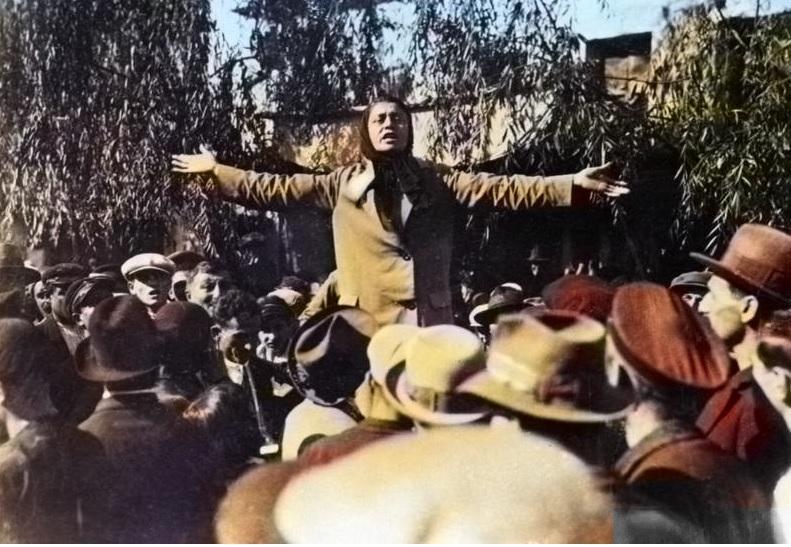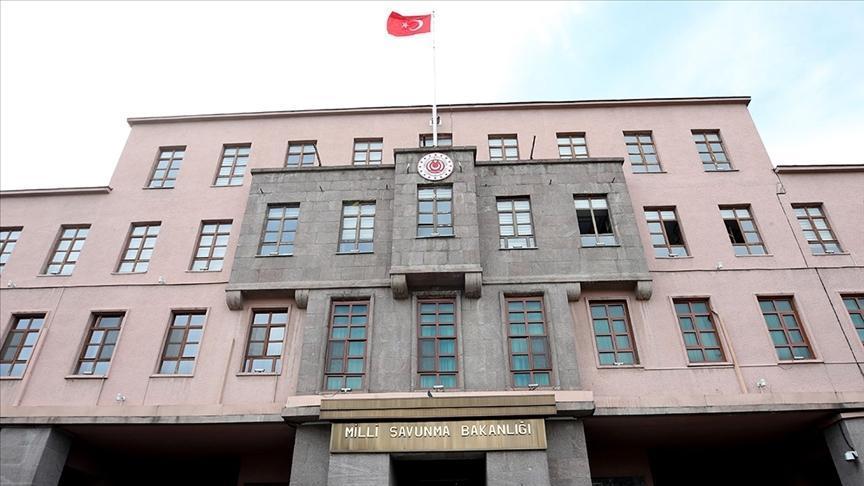Turkish women more active in politics since 1935
ISTANBUL

Noted as among the first nations to give women voting rights in the 1930s, Turkey marks the anniversary of the first day when women lawmakers entered the Turkish Parliament.
A year after women were given the right to vote and stand for office, 17 women were elected for the first time to the Turkish Parliament following the elections held on Feb. 8, 1935.
With 17 women lawmakers in the parliament, the country had quite a remarkable start in terms of welcoming women into politics.
The ground-breaking move also meant that Turkey leapfrogged many nations at the time, which had yet to grant voting rights to women. Those nations included France and Switzerland at the time.
A by-election in 1936 saw their number increase to 18 and they constituted 4.6 percent of the Turkish Parliament, the second biggest proportion of female lawmakers in the world.
Out of the 17 female lawmakers, five of them were school principals, six municipal councilors, two farmers, three teachers, one mukhtar (local head) and one doctor.
Among them were graduates of London and Sorbonne Universities as well as those who graduated from Turkish higher education institutions known as Darülfünun. While 11 of the women lawmakers had completed their higher education, 13 of them had command of at least one foreign language.
While the rate of female representation in the parliament was expected to increase over the years, the fact that the Second World War shook daily and political life deeply, these expectations were dashed to the ground. The 1940s and 1950s were not so bright years for women politicians.
In the 1954 elections, the number of women parliamentarians saw its lowest point with only two lawmakers. But in the 1960s, the situation gained new momentum, and the number of women in the parliament started to rise again.
Appointed independently from outside the parliament as the minister of Health and Social Security, Türkan Akyol became the country’s first female minister in 1971.
In 1993, a woman prime minister was elected for the first and the only time in the country’s history. Tansu Çiller, a professor of economics, was elected as the first woman prime minister of Turkey who served until 1996.
In 2007, the percentage of women represented in the parliament was 9.1 percent, and this number increased to 14.7 percent, with 81 lawmakers out of 550 elected as women in the 2015 elections.
Finally, the rate reached 17.1 percent in the 2018 elections, making the representation of female lawmakers in parliament reach its highest level in history.
Today, women politicians have become ever more active and ever more effective, with 103 lawmakers in the parliament since Feb. 8, 1935.
















